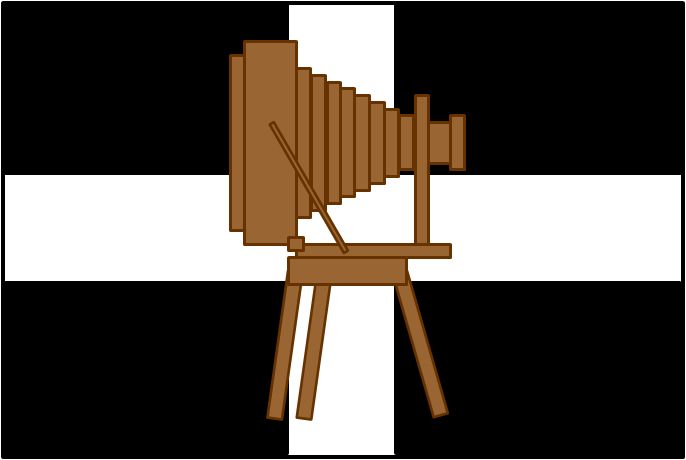Photographs taken 2007 to 2009
Phoenix 100
The Phoenix United was once the largest productive mine in East Cornwall, producing over 16,000 tons of tin and 83,000 tons of copper during the years 1842 to 1898. The mine was re-opened with the sinking of the new Prince of Wales Shaft during 1907 to 1914, but closed when the First World War started, among many rumours at the time linked to German ownership. However, the amount of tin brought up was minimal, and the truth was that the expected ore reserves were not found where they were hoped for.
A week of events called Phoenix 100 took place in June 2009 to celebrate Caradon Hill communities past and present. There were guided walks, talks, and exhibitions, and the premiere at Sterts Theatre of a new play about the area called "Gonamena". The celebrations were to mark the events of 100 years ago...
On the 10th June 1909 the Prince and Princess of Wales, the future King George V and Queen Mary, visited Phoenix Mine high up on Bodmin Moor, as part of a three day tour of Cornwall. At the mine the Princess of Wales named and officially started what was to be the last large Cornish pumping engine designed, built and erected in Cornwall. The royal visit to the mine was part of a three day tour of the county, which saw the party visit the Royal Cornwall Show, Padstow, Newquay, and Liskeard. Prior to touring the mine they lunched in a marquee outside the count-house, before moving on for a cream tea at Cotehele.

Phoenix United Mine lit up on March 9th 2009 to launch the Phoenix
100 celebrations
The play "Gonamena" is the largely untold story of one of the greatest mining booms in Cornwall’s history; that of the South Caradon and Phoenix mines, and a large number of other workings on and around the Caradon Hill area. Minions, in the centre of this mining area, is the highest village in Cornwall, where the population rose from three families to 5,000 people in less than a decade. It is a story of boom and bust in the most dramatic sense, with adventurers and miners rushing to reap wealth, success for a few, failure for many, and a life full of danger, tragedy, missionaries and whore houses. The subject has been studied and researched in detail to ensure historical accuracy.












Connect with us, Like us and Follow us on Facebook!
PhotoFile Cornwall supports CoaST and Sustainable Tourism